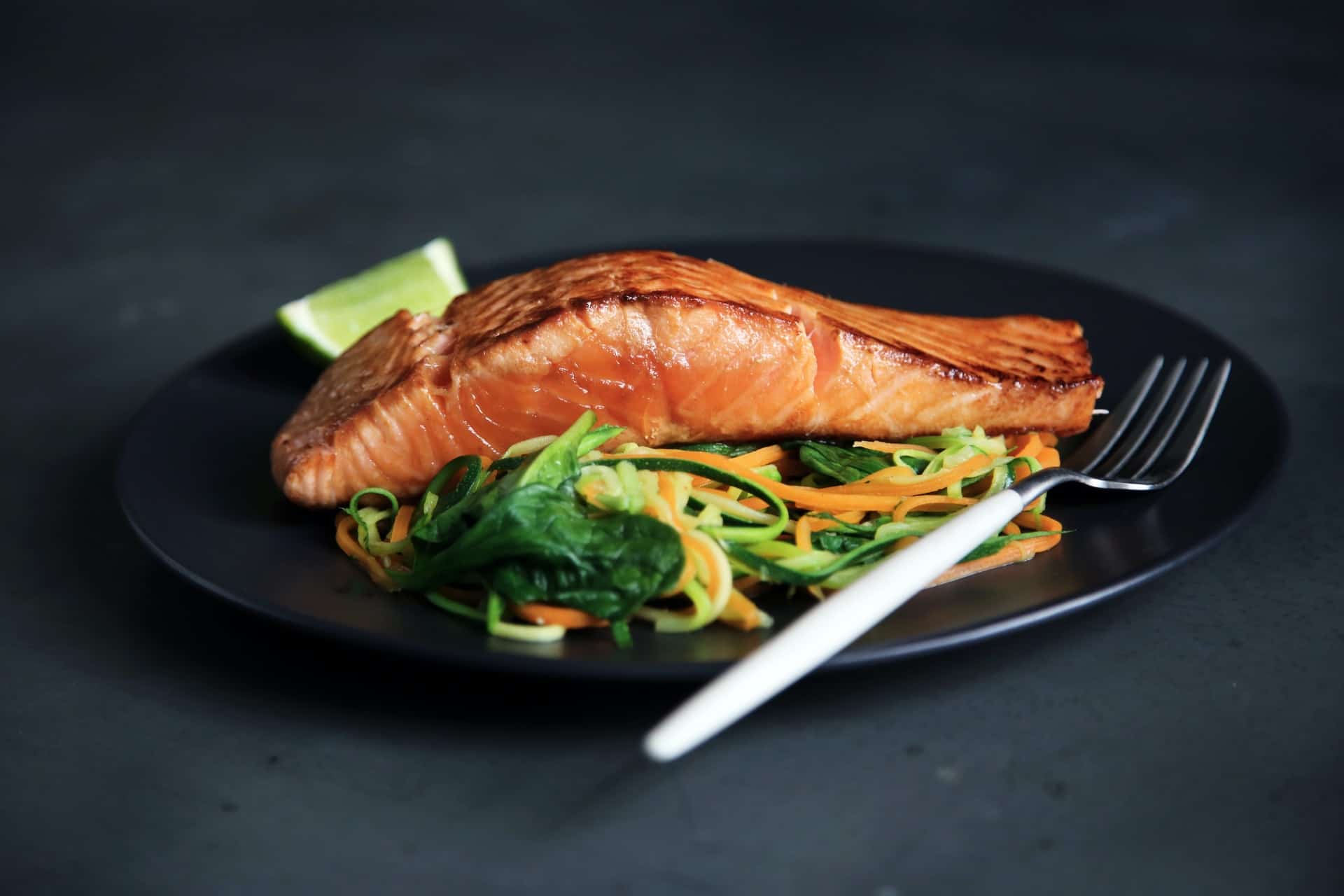Cholesterol is a word commonly associated with negative health conditions like heart disease, obesity, and diabetes, though the connection really isn’t that simple. In fact, cholesterol isn’t really a great marker of health to begin with. Today, we’re breaking down the two main types of cholesterol, along with up-to-date advice on which foods you should include more (and less!) of.
“Good” vs “Bad” Cholesterol
Let’s start with cholesterol itself. Cholesterol is a waxy substance mostly produced by your liver. Contrary to what its bad reputation might have you believe, it’s actually vital for health and well-being. It can be found in your bloodstream and your cells, where it helps produce cell membranes, hormones, vitamin D, and even bile acids (which help you digest fat). It’s also vital for neurological health, helping with memory and cognition.
The two main types of cholesterol are HDL and LDL. We’ve got the good and bad in quotes above because these descriptors are a total oversimplification of a complex topic. There are also more types of lipids, or blood fats, that fall within these two umbrellas. Because it can be processed by your liver and flushed out of your body through the endocrine and excretory systems, HDL cholesterol is considered “good,” as opposed to the “bad” LDL cholesterol, which may build up in your arteries. While cholesterol is found in food (eggs and other animal products), your body actually makes about 75% of your cholesterol for you. In general, dietary cholesterol doesn’t impact blood cholesterol. Yep, you heard that right!
HDL Cholesterol
HDL stands for high-density lipoprotein. It functions by actually picking up LDL cholesterol from your bloodstream and transporting it to the liver for processing. Overall, the higher your HDL levels, the better.
LDL Cholesterol
LDL stands for low-density lipoprotein. This form of cholesterol makes up the majority of the body’s supply, and when accumulated in excess can start to build up in the arteries, putting more pressure on your heart to pump blood through a smaller vessel. Health complications ranging from mild chest pain to heart failure can be caused by clogged arteries, so it’s important to keep your cholesterol levels in check. Lifestyle changes that can help reduce cholesterol include quitting smoking, eating a healthy diet, exercising regularly and reducing stress. But like we mentioned above, cholesterol is not the best marker of health. If your total cholesterol is high but other biomarkers of health like triglycerides, HDL levels, lipid particle size, and inflammation levels all look stellar, you likely don’t have anything to worry about. When in doubt, talk to your doctor.
Foods to Eat and Avoid
When it comes to eating for overall health (and healthy cholesterol levels), eating a wide range of nutrient-dense foods is key.
HDL-Promoting Foods to Eat
Load up on ingredients like these when cooking your meals to boost your HDL, lower LDL, and improve other markers of health, too.
- Extra virgin olive oil
- Beans and legumes
- Fatty fish
- Flax
- Nuts
- Chia seeds
- Avocado
- Whole eggs
LDL-Promoting Foods to Limit
You don’t have to cut out these foods completely, but limiting intake and enjoying these in moderation will help to keep your bad cholesterol low:
- Simple carbohydrates
- Added sugars
- Fried foods
- Hydrogenated oils
- Processed vegetable oils
Heart Healthy Snap Kitchen Meals
Knowing what foods to eat is the first step, but preparing yourself healthy meals is a totally different beast! Save yourself trips to the store, time in the kitchen, and a load of dirty dishes by getting nutritionist-approved meals delivered right to your door. Try our Almond-Crusted Salmon, Naked Beef, Chicken Burrito Bowl with Avocado Salsa, or our new Cajun Salmon to keep your heart healthy and your body happy.





Leave a Reply
No Comments